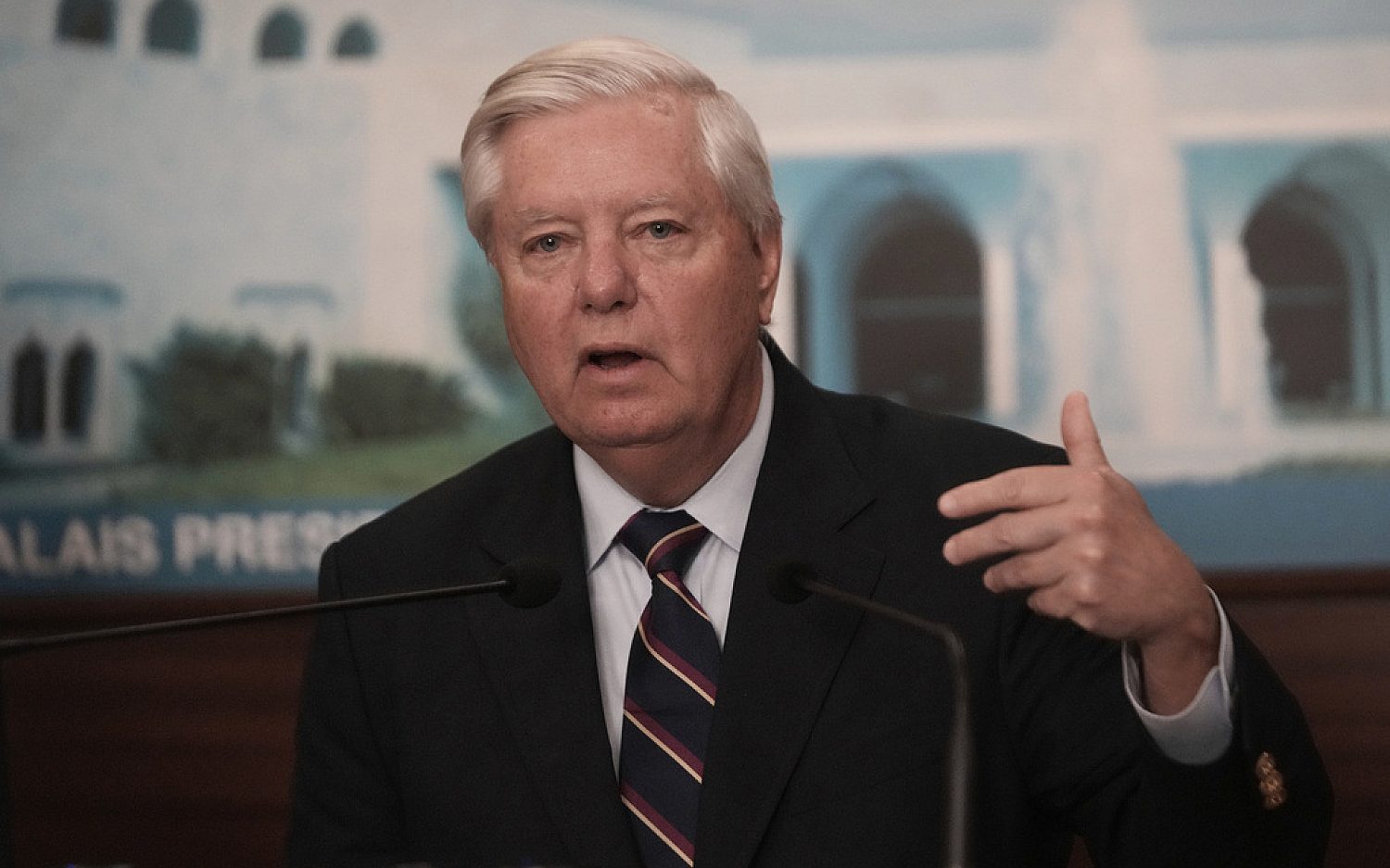SCOTUS rules to rein in executive overreach
The Supreme Court on Friday overturned its previous ruling in Chevron v. Natural Resources Defense Council, which granted executive branch agencies broad freedom to interpret unclear provisions of congressional acts and create precise rules for how to enforce those laws. Chief Justice John Roberts authored the court’s majority opinion. Justices Elena Kagan, Sonia Sotomayor, and Ketanji Brown Jackson dissented.
What case was the court deciding upon when it made this decision? In 1976, Congress passed the Magnuson-Stevens Act to prevent overfishing in American fisheries. It mandated that fishing vessels keep monitors on board to make sure crews followed the act’s regulations. Decades later, the National Marine Fisheries Service created a new rule requiring the fisheries to pay for those monitors, even though the original act said nothing about payments. Some fisheries sued, saying that the government had improperly interpreted the Magnuson-Stevens Act when it imposed the costs for the monitors on them.
What exactly did the court rule? The decision stated that courts could not defer to an agency’s interpretations of congressional statutes any longer. Rather, judges must use their independent judgment to determine whether an agency properly interpreted a law.
Dig deeper: Listen to Mary Reichard and Nick Eicher’s report on The World and Everything in It podcast about the arguments the court heard before issuing this decision.
An actual newsletter worth subscribing to instead of just a collection of links. —Adam
Sign up to receive The Sift email newsletter each weekday morning for the latest headlines from WORLD’s breaking news team.





Please wait while we load the latest comments...
Comments
Please register, subscribe, or log in to comment on this article.